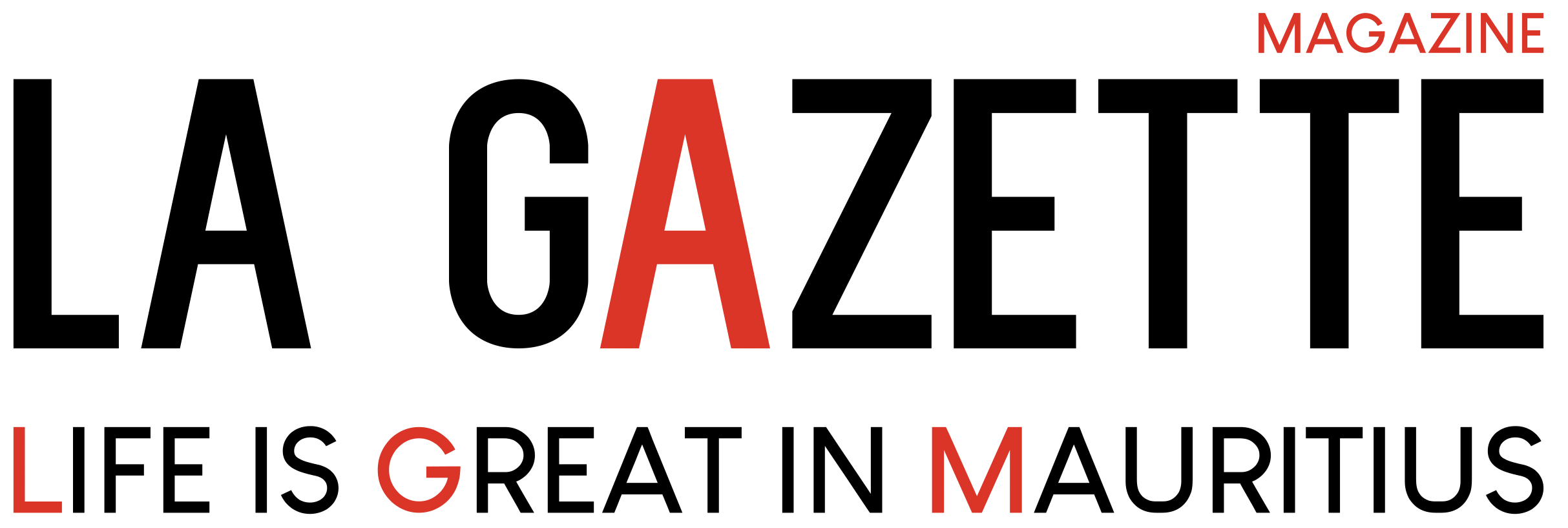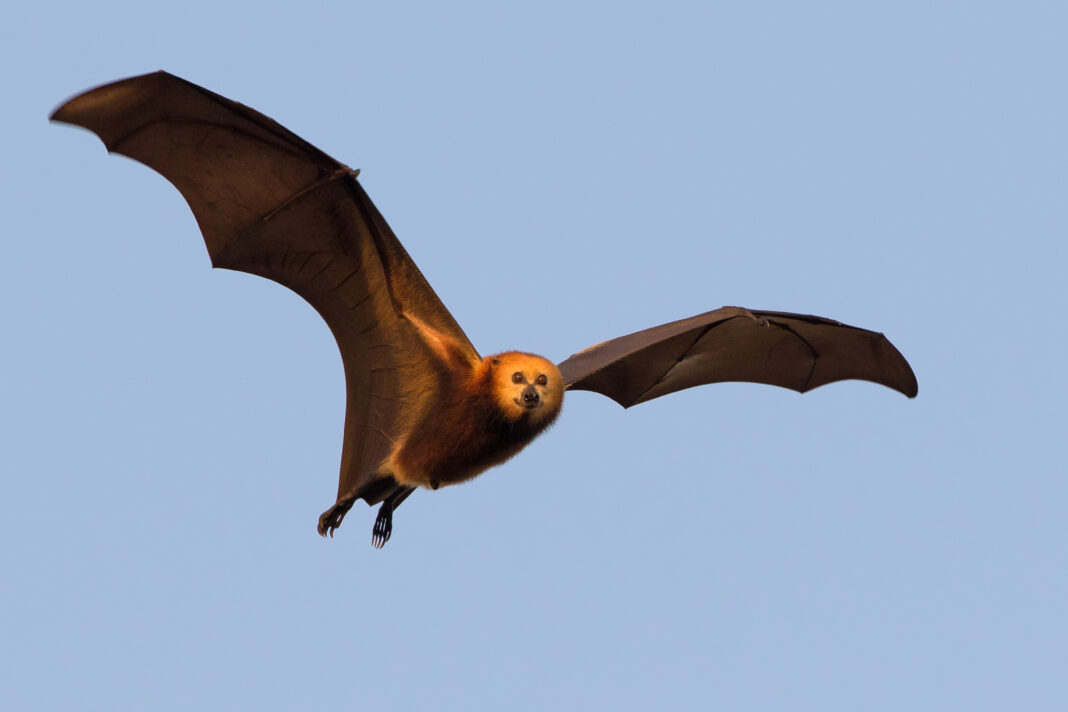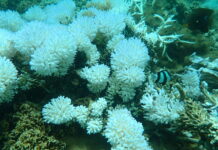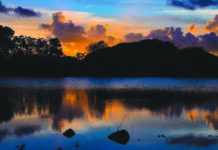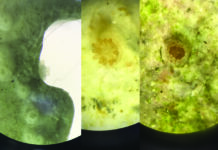Aware that commercial fruit is part of the diet of fruit bats, Vashist Seegobin is looking into ways of returning them to their natural larders and keeping them there. Using thermal imaging cameras, the PhD student and his colleagues assessed bat populations on a day-to-day basis in different forest patches with varying degrees of degradation. To check that they were indeed feeding on the spot, we also had to patiently count the number of ejecta (fruit fibers spit out after the animal had sucked the juice) and droppings per m2 found in the said plots, in relation to the population counted in the vicinity.
“The quality of a flying fox’s foraging habitat (…) is reduced by the invasion of exotic plants and improved by their control”. It’s all in the title of the article published in April 2024 in the Journal for Nature Conservation. The text shows that the animal’s presence triples in healthy forests… In other words, if we eliminate invasive exotic plants from our forests on a massive scale, the fruit bats will come back to nest and rediscover the virtues of these natural larders, which are better suited to their diet than human letchis and guavas…
Photo © Jacques de Spéville


